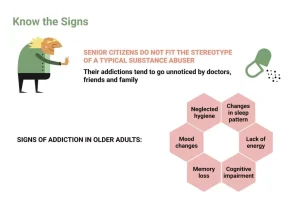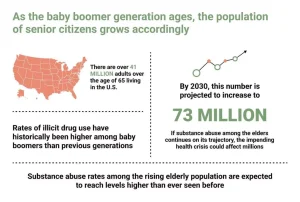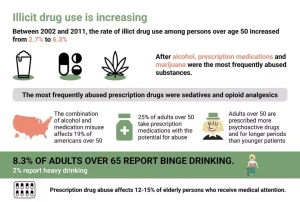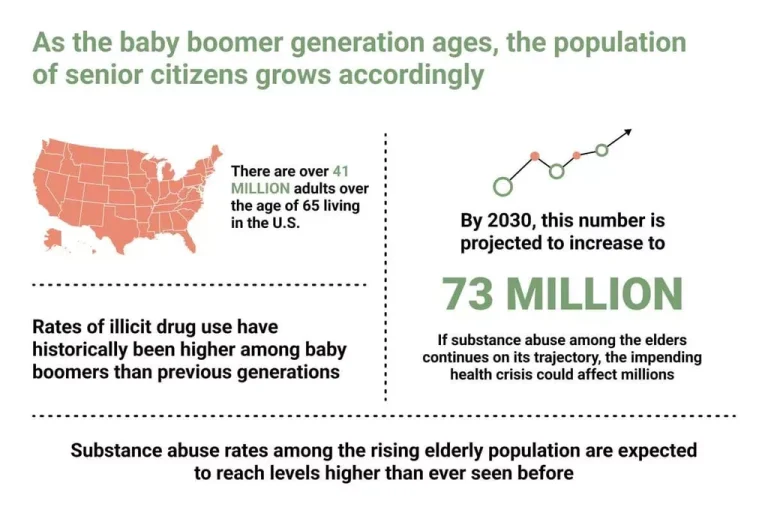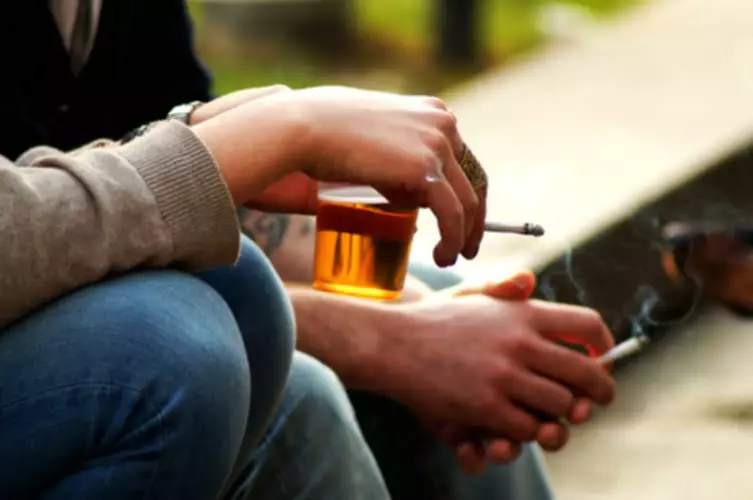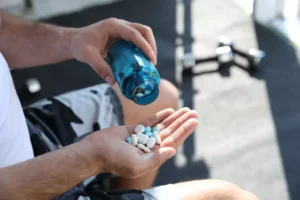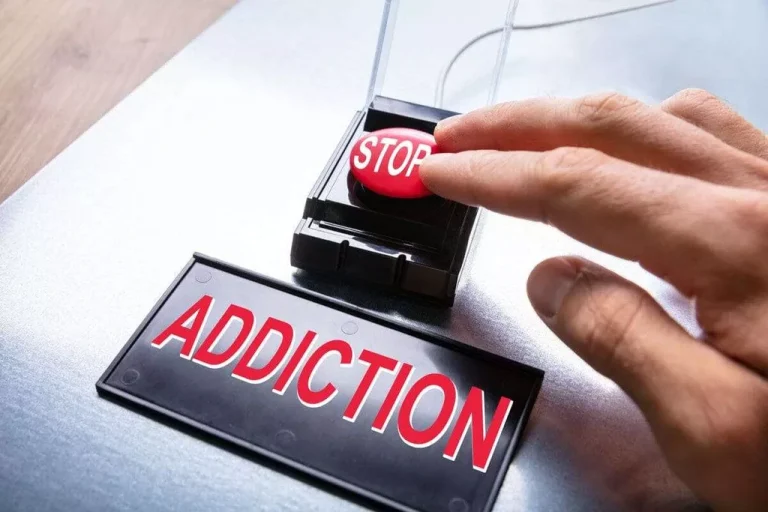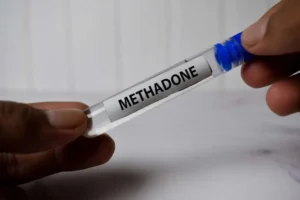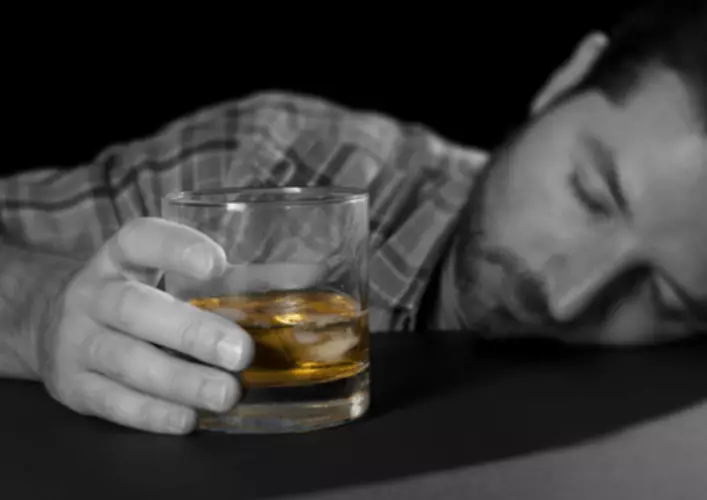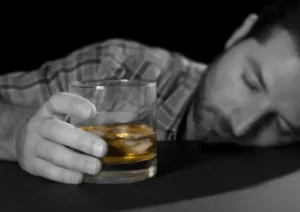
Department of Housing’s Recovery Housing Program provides eligible individuals in recovery from substance use disorder with stable, transitional housing for up to 2 years. First, think about your specific needs and where you are in your recovery journey. For example, if you’ve relapsed after returning home from treatment in the past, you might consider trying another living environment, like a sober living home.
- The provided residential services span from peer-based community models (found in all recovery residences) to medical and counseling services in recovery residences offering higher levels of support.
- Cambridge Recovery Sober Living offers an affordable transitional space for men who are committed to continuing their journey of overcoming alcohol and drug addictions.
- Their primary purpose is still to provide a substance-free environment for people to live in, but the programs are more structured than Level 2 homes.
- Level 2 residences are characterized by a community-based environment supervised by a senior resident, house manager, or staff member.
- With professional connections between treatment programs and aftercare housing, patients can ensure they do not lose time transitioning between levels of care.
What are the Different Residential Treatment Programs?
Recovery Residences (RRs) are organized into four categories, or “levels,” by the NARR. The levels describe the intensiveness of the program and the level of care provided. While there are fundamental differences between the levels (discussed below), their basic purpose is all the same – to provide a substance-free environment https://ecosoberhouse.com/ where people can continue their recovery while relying on support from their peers.
Level 3: Supervised Recovery Residence
This can give the person more time to develop tools to avoid behaviors and situations that might trigger relapse. Exactly which services provided in residential or inpatient treatment will depend on the particular facility and the patient’s individual needs. If you or someone you love are looking to supplement your recovery with recovery housing, such as sober living facilities, American Addiction Centers (AAC) can help. Our online directory allows you to search for sober living near you when you search by “sober living” in the search bar and filter by location. If you need help, our admissions navigators are available 24 hours a day when you call .
The NARR Standard
The Department is ensuring affected borrowers in areas impacted by the hurricanes can focus on their critical needs without needing to worry about missing their student loan payments. Direct Loan borrowers and federally-serviced FFEL borrowers in the affected area who miss their payments will be automatically placed into a natural disaster forbearance. During forbearance, payments are temporarily postponed or reduced, and interest is still charged.

NARR Levels are informed by the American Society of Addiction Medicine (ASAM) categorization of different types of treatment and recovery programs, and the terms Levels and Types can be used interchangeably. They are alcohol and illicit substance-free recovery housing that utilize house rules and peer accountability to maintain safe and healthy living environments. Senior residents, appointed by the owner/operator to serve as the head of household, are typically called the House Manager. To serve higher needs/lower recovery capital populations, such as transition aged youth (e.g., youth years of age) with opioid use disorders, some Level II’s provide recovery support services and life skills development but at a lower intensity than Level III’s.

Residential Drug & Alcohol Addiction Treatment
The cost of residential rehab and inpatient rehab will vary based on your location, the particular services offered at your rehab facility, your insurance coverage or method of payment, and various other factors. To discover whether your health insurance may cover the full or partial cost of treatment at any American Addiction Centers facility, enter your information in our form below. When people enter drug treatment, one of the first crucial tasks is to detoxify the system and get through the often challenging, and sometimes dangerous, process of withdrawing from the addictive substances. In residential treatment, this is best performed through medically-supported detox and withdrawal that can help ease the symptoms of withdrawal while keeping individuals safe. Our mission at NATIONAL ALLIANCE FOR RECOVERY RESIDENCES (NARR) is to enhance access to quality recovery residences by setting standards, providing education, and advocating for those in addiction recovery. The delineation of a recovery residence continuum model offers an unprecedented degree of professionalism to a portion of the field of addiction recovery that has heretofore been laden with stigma.
Best Practices for Recovery Housing

Level IV Type C (Clinical) integrates the social and medical model typically using a combination of supervised peer and professional staff. In addition to peer-based recovery support, recovery support services, and life skills development, Level IV’s offer clinical addiction treatment. While all Level IV residence programs incorporate clinical treatment services, treatment programs lacking essential social model organizing principles would not qualify as Level IV recovery residences.

Level 1 recovery residences offer supportive housing in a community-based peer environment. These recovery residences are commonly known as sober homes and are most often found in single-family residences. Oversight of residents is peer-based within the home; residents are self-monitoring and accountable to each other. The primary criterion for this living environment is a willingness to be abstinent from mood-altering substances.

Thanks to regulations issued by the Biden-Harris Administration, months in this forbearance will count toward PSLF and IDR forgiveness. Direct Loan and federally serviced FEEL borrowers are not required to take an action but have the option to call their servicer if they wish to enroll in the forbearance proactively. Perkins loan borrowers should contact their what is a recovery residence loan holder to request natural disaster forbearance.
